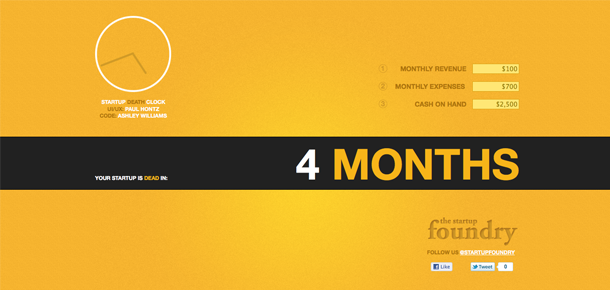
I recently had the chance to sit down with Alex Hillman and Natalie Nagele from Postmark to give TSF readers an inside peak at this great transactional email company. In this interview we talked about what Postmark does, how they bootstrapped, Amazon entering their market, and customer acquisition. After reading this interview, be sure to checkout their website at www.PostmarkApp.com.
In one sentence, what does Postmark do?
Postmark helps other developers send important emails reliably.
What would be an example of an “important email”?
Marketing emails are valuable if they convert, but transactional emails are more valuable because they’re for your actual customers, not just random strangers.
If a marketing email doesn’t show up, it sucks. If a transactional email like a software license, receipt, invoice or some other important documentation doesn’t show up, you’re in trouble. We specialize in transactional email and, in fact, that’s the only thing we do with Postmark.

Were you bootstrapped or funded?
We are 100% bootstrapped. Wildbit has been doing design and development consulting since 1999. We built a R&D bucket and funded Beanstalk. Beanstalk grew and became the first product that had full time team members working on it. Beanstalk has been growing strong since ’07 and it gave us some runway (along with our existing knowledge and experience) to fire up Postmark in early ’10.
Amazon recently entered the transactional email business. How did Postmark react?
That was kind of a funny week. They had just released Elastic Beanstalk, a service totally different from OUR beanstalk app, but it had very similar branding. Then, a week later when they released an email delivery service we were like, “SERIOUSLY!?!?” Even their branding looked similar. It was pretty wild. Anyway, once we got past the initial OMG, it actually felt really good for three reasons.
1. Amazon validated the market. Anyone who hadn’t been thinking about looking for an outsourced email delivery host was now considering it.
2. We were validated as their competition. This was rewarding. It would have sucked if they came out and nobody thought of us. When, however, Amazon came out with their service, a common question was; “are Postmark and Sendgrid doomed?” We were actually validated as top-tier competition. This was a huge morale win.
3. Amazon won the race to the bottom (in terms of price). It no longer made sense to compete to be the cheapest, as they’d win by a long shot. The team talked and we agreed that if we weren’t going to compete on price we’d compete on reliability, support, ease of use, and, of course, our flare for style.
Essentially, Amazon showed up and offered well whiskey. We want to be top shelf Bourbon. We do a TON of hands-on work with our customers monitoring and diagnosing delivery systems.
How has your acquisition strategy evolved?
These days customer acquisitions are a bit different than when we first started Postmark. When Postmark started not many people thought about using a service instead of their mail server. The issue wasn’t, “why do I need Postmark?.” They weren’t even generally aware that a service like ours existed.
In the last year that’s changed quite a bit. The competitive landscape has widened and Amazon showed up a few months back to kindly validate our market.
Do you have any advice for other entrepreneurs?
1. Focus on one thing:
Postmark is the only provider that is solely transactional email. We don’t allow bulk marketing email at all.
2. JFDI (Just F’ing Do It):
That’s not “do EVERYTHING”, mind you but at a certain point, you’re sure to be over thinking it. JFDI = no excuses. Your problems aren’t what make you special. Everyone has problems. Your solutions make you special.
For more startup news, follow us on Twitter @startupfoundry.



















